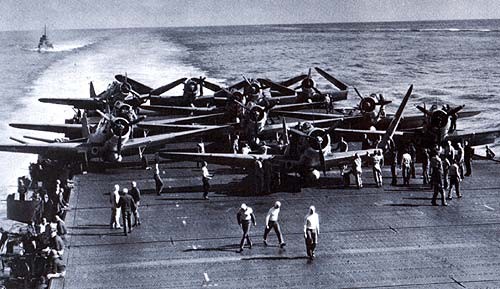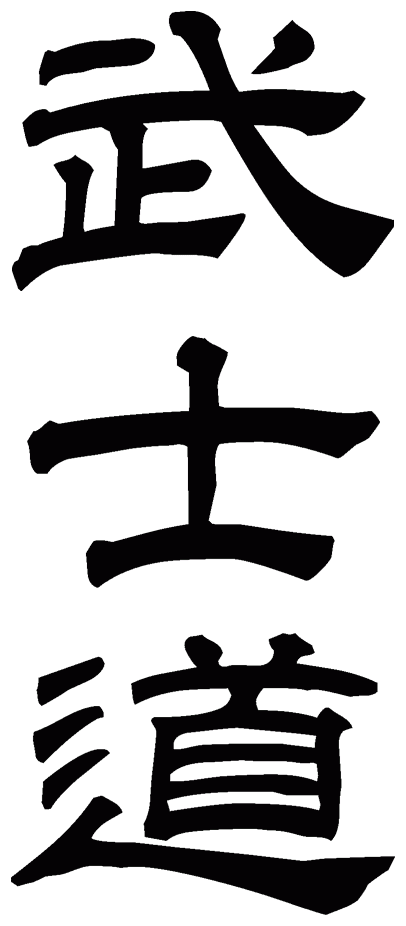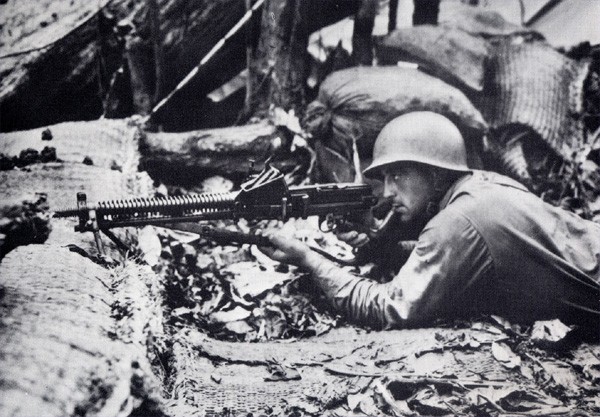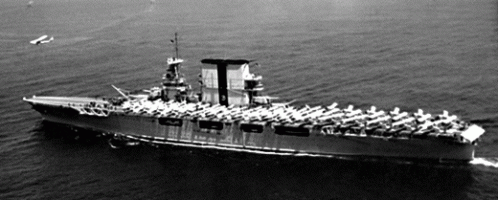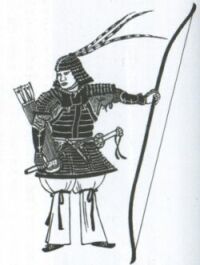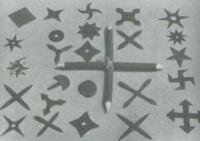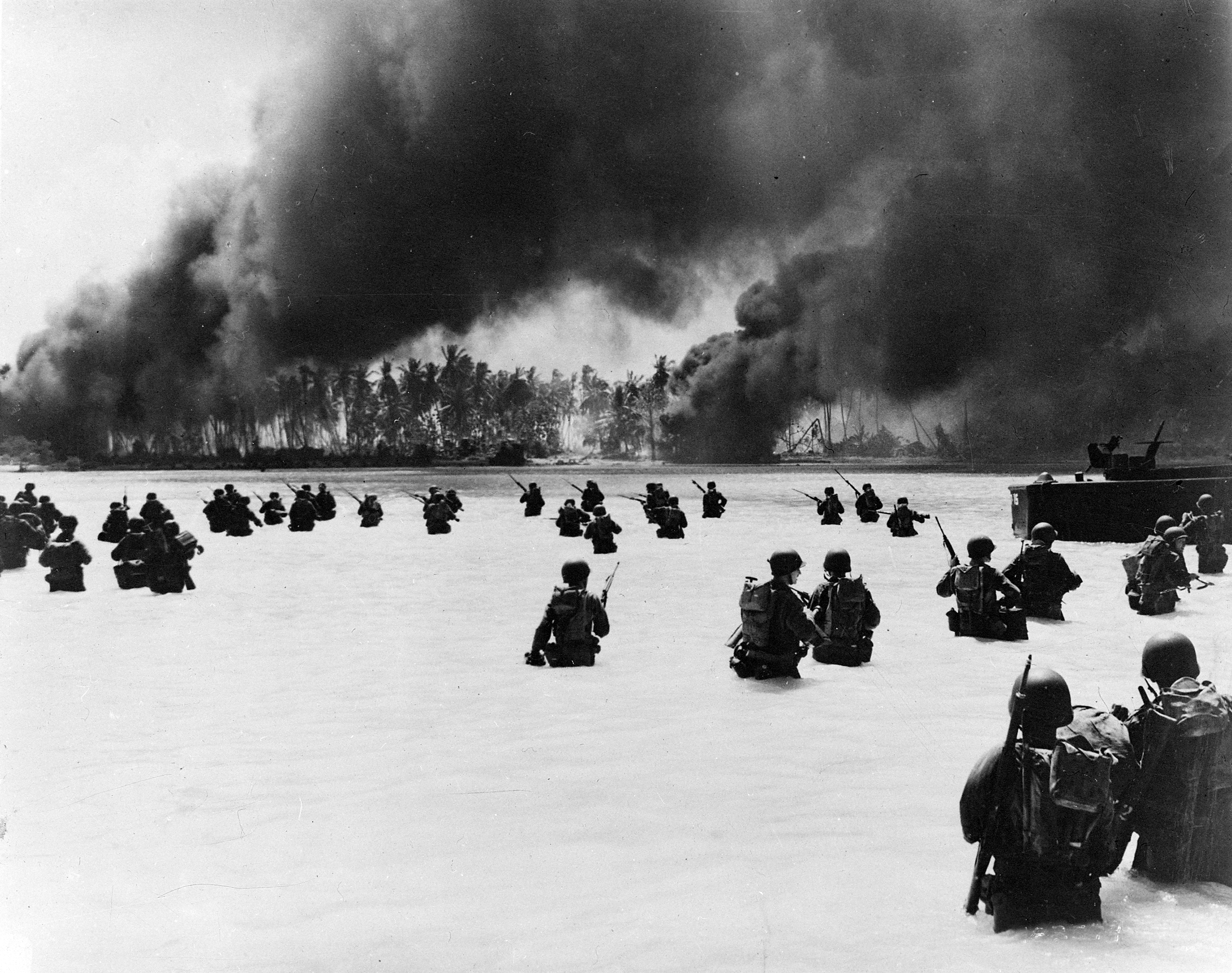
Battle of Makin (landings and ground operations)
Already in January 1943, when Guadalcanal was still being fought, Admiral King presented a plan for further combat operations in the Pacific area at the Casablanca conference. According to him, the next attack against Japan was to be conducted through the islands of the Central Pacific. But General MacArthur was strongly opposed. He demanded that the main direction of attack should come from the Solomon Islands area and then proceed through the Philippines and Taiwan to Japan.
Where will the fight be after Guadalcanal?
